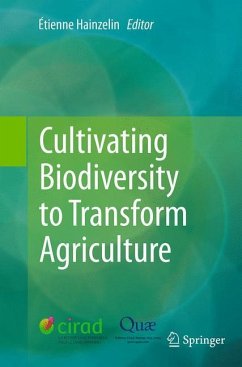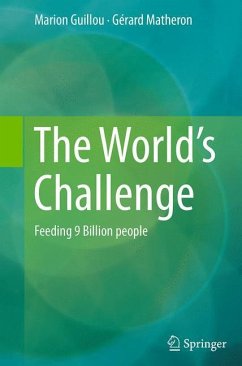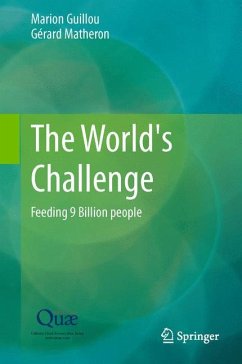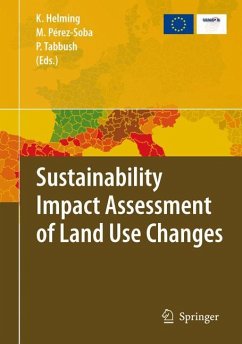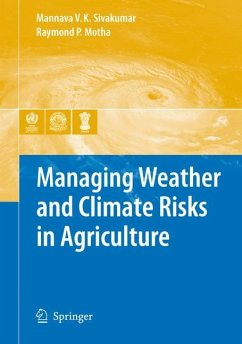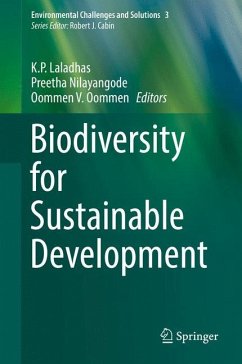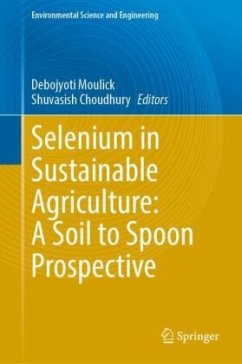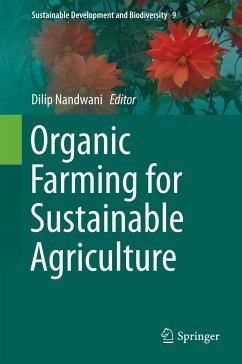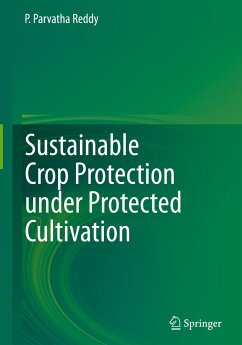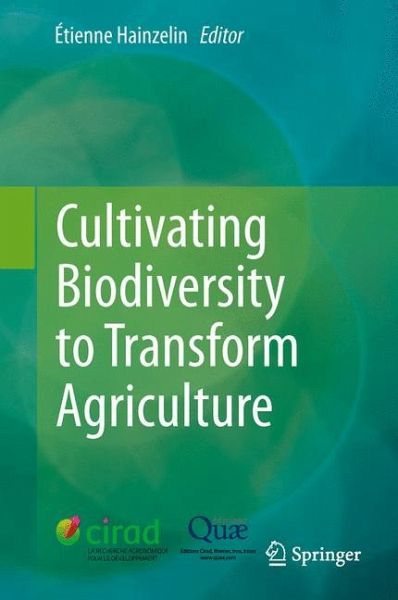
Cultivating Biodiversity to Transform Agriculture

PAYBACK Punkte
38 °P sammeln!
How can cultivated plant biodiversity contribute to the transformation and the "ecologization" of agriculture in Southern countries? Based on extensive field work in the Southern countries, a great deal of scientific progress is presented in all areas affecting agriculture (agronomy, plant breeding and crop protection, cultivation systems, etc.) in order to intensify the ecological processes in cultivated plots and at the scale of rural landscapes.





